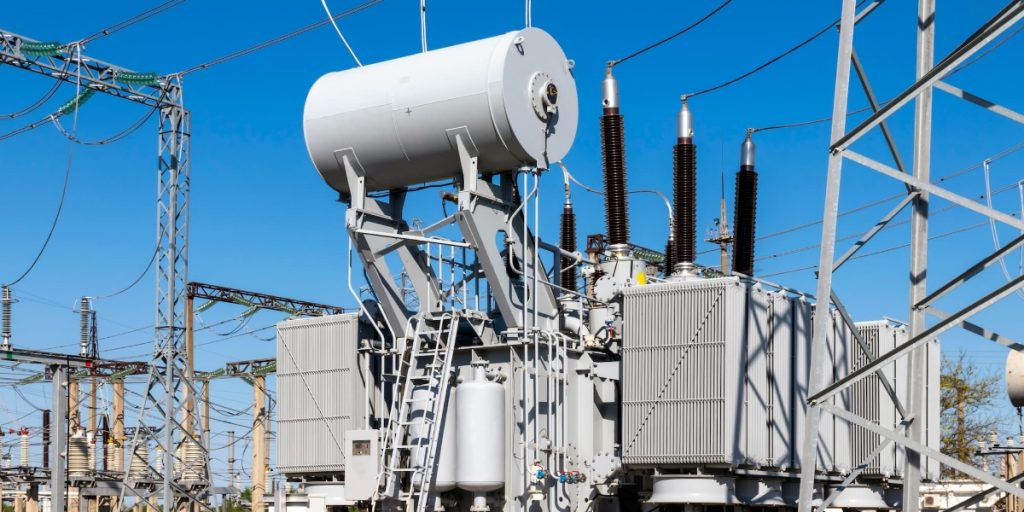In today’s fast-paced industrial market, even older transformer assets can represent a significant financial opportunity. With new transformer prices on the rise and extended lead times, understanding the fair market value of used industrial transformers is more important than ever. Whether you’re looking to sell or simply want to know what your equipment is worth, this guide will walk you through the factors that determine transformer valuation and how to maximize your return.
Why Transformer Valuation Matters
The Hidden Value in Your Electrical Room
Many facilities unknowingly hold onto valuable assets—transformers that, with proper care, can retain up to 40-60% of their original value. Instead of accepting scrap prices, savvy companies are discovering that their well-maintained transformers could fetch significantly more on the resale market. This guide will help you understand the factors driving this increased value and how to capitalize on it.
Key Factors Influencing Fair Market Value
When evaluating used industrial transformers, several critical factors come into play. Let’s break them down:
1. Size and Capacity
- Medium-Sized Transformers: Units in the range of 2,500 – 10,000 kVA are currently in high demand due to their versatility in industrial applications.
- Value Ranges: For instance, a well-maintained 5,000 kVA transformer might sell between $45,000 and $65,000, while smaller or larger units may vary in price.
2. Brand and Build Quality
- Premium Brands: Transformers from established manufacturers like ABB, Siemens, or General Electric often command 15-30% higher prices. Their reputation for reliability and ease of maintenance plays a significant role.
- Quality Assurance: Buyers are willing to pay a premium for brands with proven performance and easier access to replacement parts.
3. Maintenance and Condition
- Regular Maintenance: A transformer that has undergone consistent servicing, including oil testing and repairs, can be worth up to 40% more than a poorly maintained unit.
- Visual & Technical Inspection: Factors such as physical wear, electrical performance, and historical service records are essential for an accurate valuation.
4. Market Trends and Economic Factors
- New Transformer Lead Times: Extended manufacturing lead times (sometimes 52+ weeks) boost the attractiveness of used units.
- Rising Raw Material Costs: Increases in the cost of raw materials can push new transformer prices higher, thereby increasing the resale value of well-maintained used units.
- Industrial Expansion: A growing industrial base is creating unprecedented demand for efficient, ready-to-use transformer assets.
Real-World Valuation: A Quick Assessment Guide
Here’s a simplified guide to estimate your transformer’s potential value based on size and condition:
- Small Units (500-2,500 kVA):
- Well maintained: $8,000 – $30,000
- Basic condition: $5,000 – $20,000
- Medium Units (2,500-10,000 kVA):
- Well maintained: $25,000 – $95,000
- Basic condition: $15,000 – $70,000
- Large Units (10,000+ kVA):
- Well maintained: $100,000+
- Basic condition: $70,000+
This quick assessment underscores how maintenance and condition are as crucial as the unit’s size in determining market value.
Best Practices for Maximizing Your Transformer’s Value
Regular Maintenance and Documentation
- Scheduled Servicing: Keep a regular maintenance schedule to ensure that all technical parameters remain optimal.
- Document Everything: Maintain detailed records of inspections, repairs, and routine maintenance. This documentation not only proves the condition of your asset but also boosts buyer confidence.
Partnering with Industry Experts
- Consult Trusted Buyers: Working with specialized buyers who understand the nuances of transformer valuation can significantly increase your return.
- Free Valuation Services: Consider a free, no-obligation value assessment from industry leaders who can offer an accurate market appraisal and streamline the selling process.
Keeping Up with Market Trends
- Monitor Industrial Demand: Stay informed about industry trends that affect transformer pricing, such as economic shifts, supply chain challenges, and advancements in technology.
- Leverage Online Resources: Use reputable sources and industry blogs to track changes in market demand and pricing dynamics.
How to Get an Accurate Transformer Valuation
To ensure you’re not leaving money on the table, follow these steps:
- Gather Detailed Information: Record the transformer’s specifications, maintenance history, and any performance test results.
- Contact a Trusted Valuation Service: Reach out to industry experts who offer free, quick assessments. This can provide a preliminary value range within 24 hours.
- Compare Offers: Evaluate the offers from various buyers. Don’t settle for the first price quoted—professional evaluations often reveal hidden value.
- Review and Decide: With complete information in hand, decide whether to sell immediately or hold on to the asset until market conditions are even more favorable.
Conclusion
Used industrial transformers hold a hidden potential that many facilities overlook. With new units facing long lead times and soaring costs, now is the ideal time to re-evaluate the worth of your transformer assets. By understanding key factors like size, brand quality, maintenance, and market trends, you can unlock substantial financial value.
Don’t let valuable assets depreciate in silence. Contact us today for a free, no-obligation transformer valuation and discover how much your used industrial transformer is truly worth.



